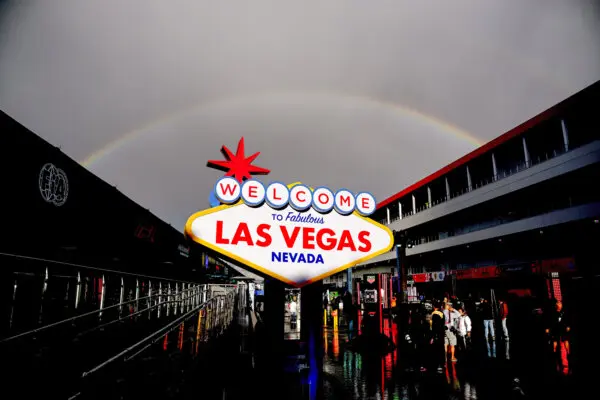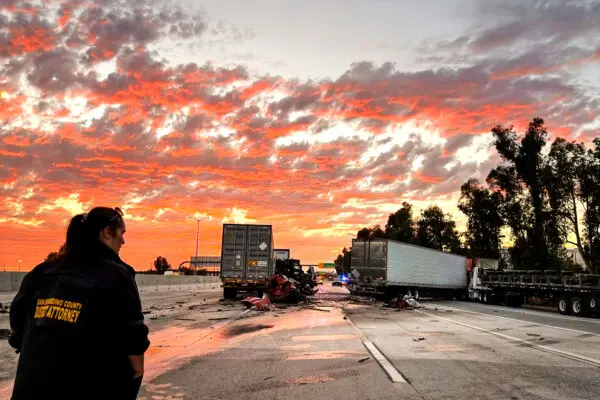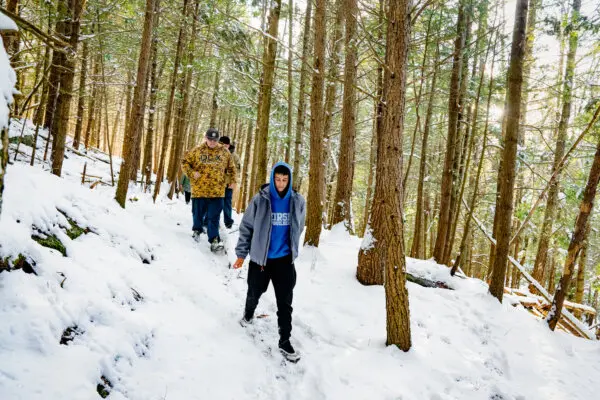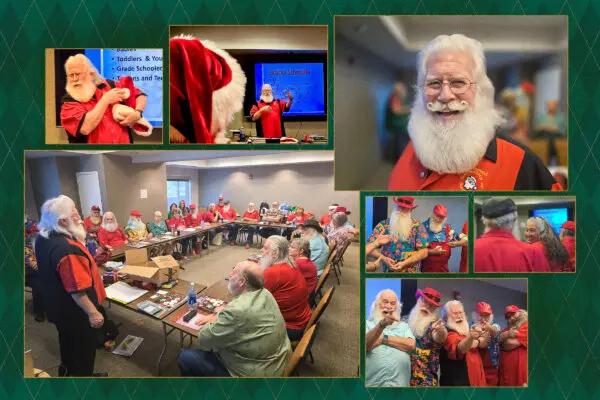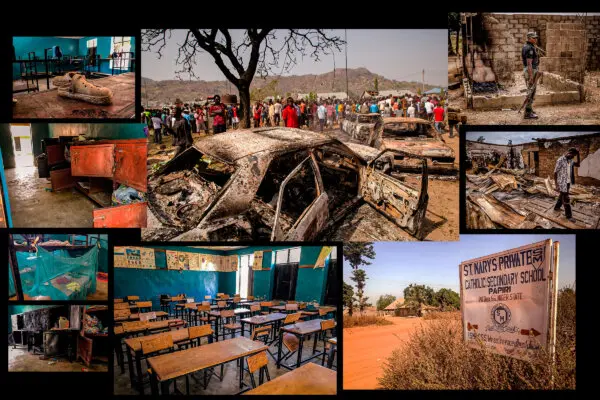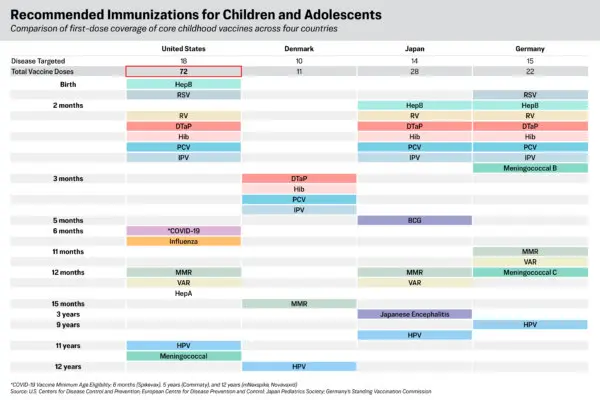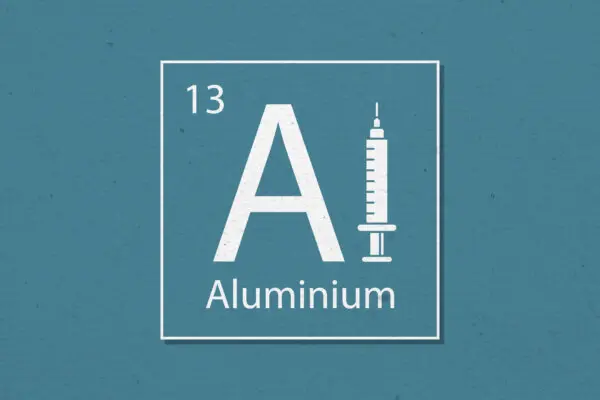New Mexico’s Nuclear Town Has a Big Housing Problem
The Los Alamos National Laboratory is rapidly expanding as the U.S. nuclear arsenal is modernized, but the small town can’t accommodate employees.

Illustration by The Epoch Times, Allan Stein/The Epoch Times, Los Alamos National Laboratory, Public Domain
|
Updated:
LOS ALAMOS, N.M.—Weekends bring a brief respite and slower pace to Los Alamos, New Mexico, the birthplace of the atomic bomb nearly 80 years ago.
Silent mountains thick with ponderosa pine surround the town where some of the nation’s best-kept military secrets reside.

